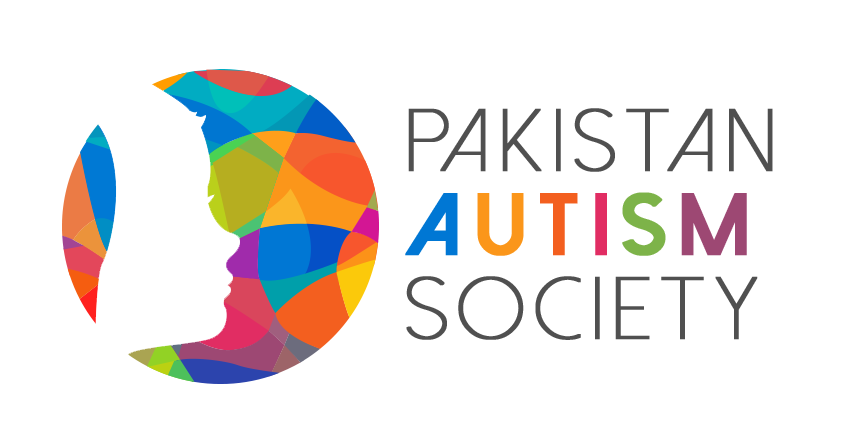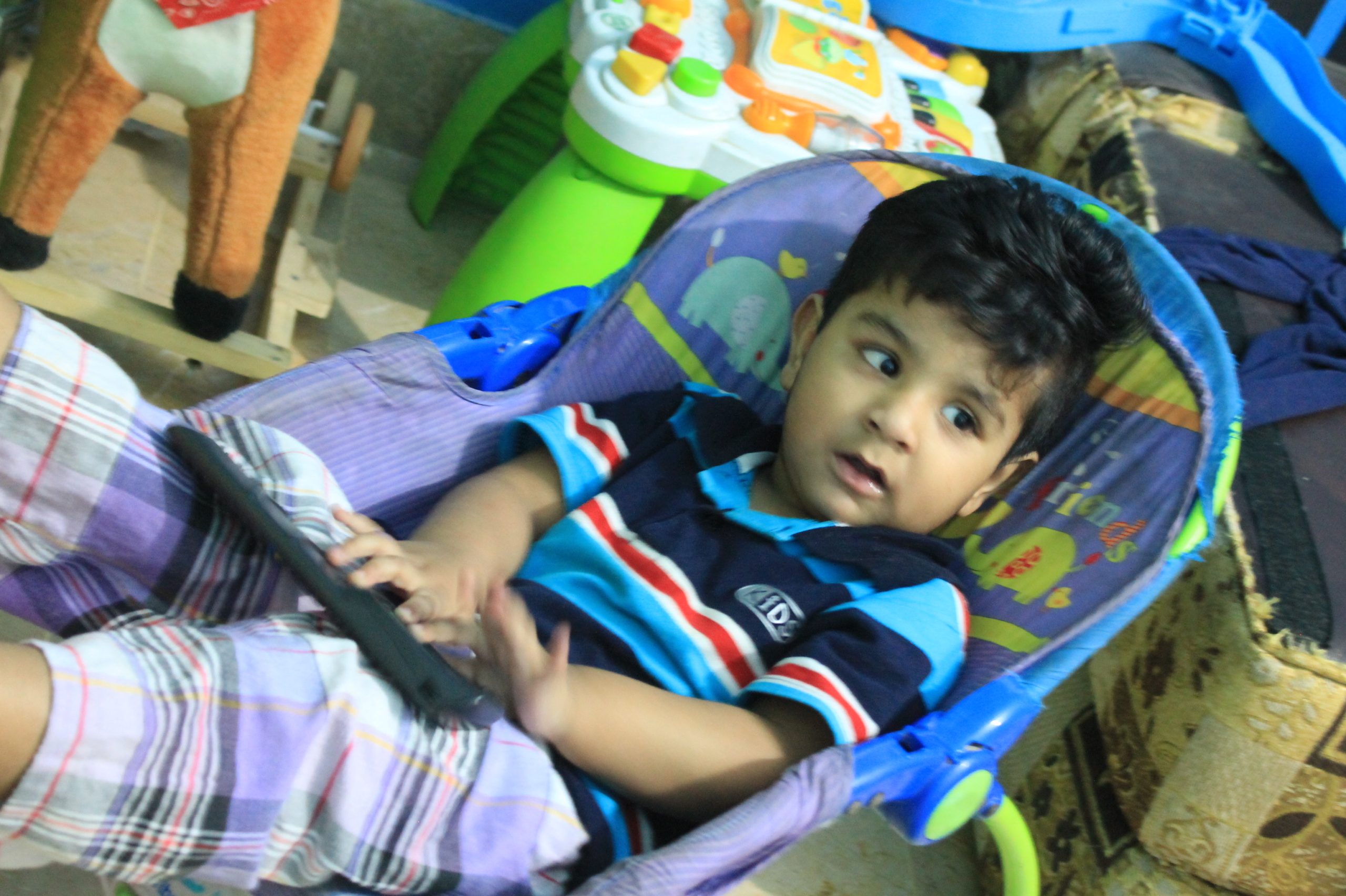Introduction
Early intervention plays a critical role in supporting children with autism spectrum disorder (ASD) in their development and long-term outcomes. Timely and effective interventions can significantly enhance the child’s communication skills, social interactions, and overall quality of life. This article explores some of the best practices for early intervention in autism, focusing on evidence-based strategies that have proven to be successful in supporting children with ASD.
1. Early Screening and Diagnosis
Early identification of autism is vital for prompt intervention. Screening tools, such as the Modified Checklist for Autism in Toddlers (M-CHAT), can be used to identify red flags for autism as early as 18 months of age. Once a potential risk is identified, further comprehensive assessments should be conducted by qualified professionals to confirm the diagnosis and guide intervention planning.
2. Individualized Intervention Programs
Each child with autism is unique, with varying strengths, challenges, and needs. Therefore, intervention programs should be individualized to address the specific requirements of the child. Evidence-based approaches, such as Applied Behavior Analysis (ABA), Early Start Denver Model (ESDM), and Picture Exchange Communication System (PECS), have demonstrated effectiveness in promoting communication, social skills, and behavior management in young children with ASD.
3. Structured and Predictable Environments
Children with autism often benefit from structured and predictable environments that provide clear routines and visual supports. Visual schedules, social stories, and visual cues can help enhance their understanding and reduce anxiety. Consistency and repetition in daily activities can contribute to their sense of security and facilitate learning.
4. Collaborative and Multidisciplinary Approach
Successful early intervention for autism requires collaboration among professionals, parents, and caregivers. A multidisciplinary team, consisting of speech therapists, occupational therapists, psychologists, and special educators, can work together to create a comprehensive and integrated intervention plan. Regular communication, shared goals, and coordinated efforts enhance the child’s progress and ensure consistency across different settings.
5. Family Involvement and Support
Parents and caregivers play a crucial role in their child’s early intervention journey. They should be actively involved in the intervention process, learning and implementing strategies at home, and participating in therapy sessions. Providing families with resources, training, and emotional support can empower them to better support their child’s development and advocate for their needs.
Conclusion
Early intervention holds immense potential for positively influencing the lives of children with autism spectrum disorder. By implementing best practices, including early screening, individualized programs, structured environments, collaboration among professionals, and family involvement, we can maximize the outcomes for these children. By providing support and interventions during the crucial early years, we can help children with autism reach their full potential and lead fulfilling lives.













